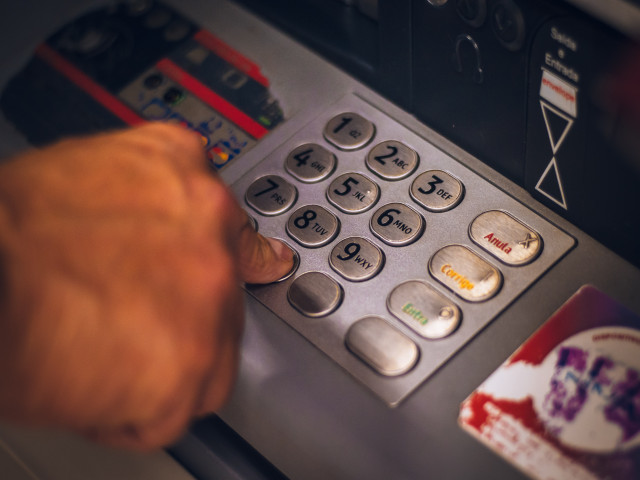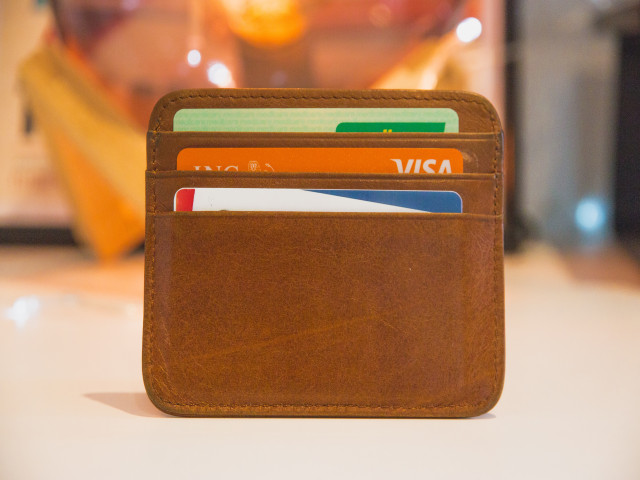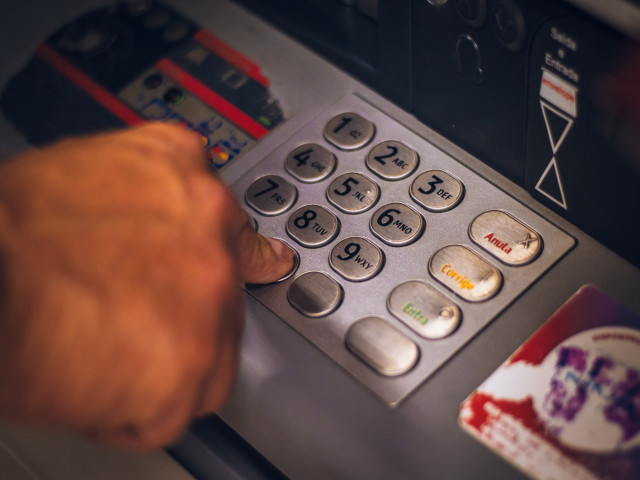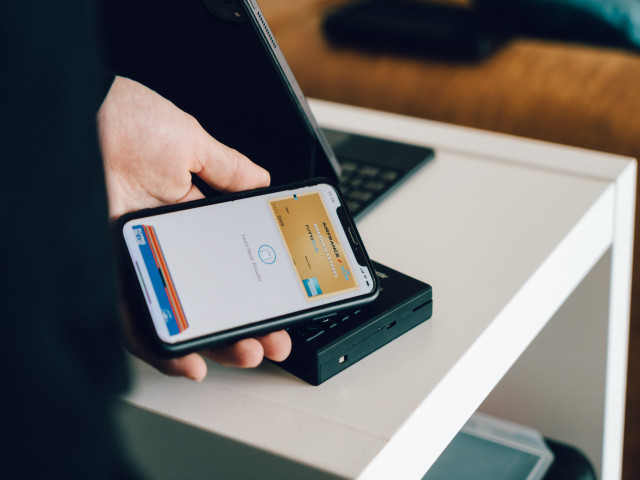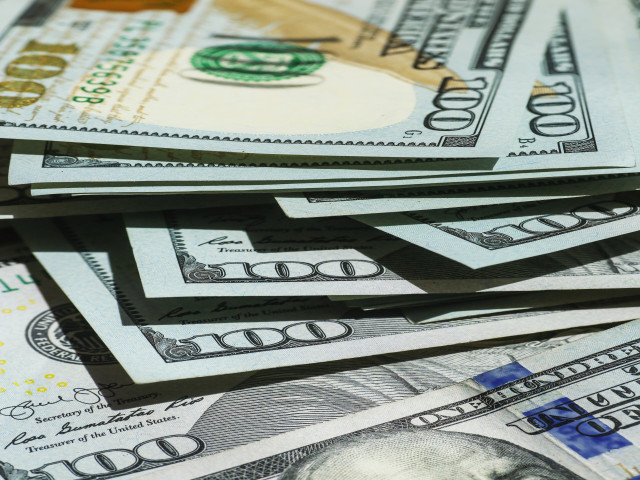If Renting is a waste of Money Then What is The Interest Paid to The Bank When You Finance a House

One of the “investments” that people most want to have in their portfolio is real estate. In Costa Rica, for example, the dream of having “your own house” is practically a birth desire. However, only 4% of investors of this type have double-digit returns (more than 10% in dollars) annually. In other words, 96% of home purchases are not profitable from an investment point of view.
The main reason for the above is because people who venture to invest in real estate, or in the purchase of the dream house, do not know the rules to filter a bad offer from a good opportunity.
This lack of information ends up costing the person and their family hundreds of thousands of dollars over several decades
We have been programmed by the banks' marketing department and their monstrous advertising budget to believe that there is only one formula for applying for mortgage loans, and that we all fall into that one size fits all, without taking into consideration how different personal finances are. of each individual.
In personal finances, the order of the SI factors alters the product and in investments, this concept, created by us in the Liber Financultura Masterkit for our students, also applies.
There is a myth created and widely spread by developers and banks to achieve their sales and loan placement goals, which is also accepted by “homeowners”, and it is the following: renting is wasting money .
We have all bought into that myth at some point
This statement implicitly states that in each bank installment equity is being acquired. The question is at what cost?
At Financultura Master Kit we debunk this and many other myths that end up costing buyers hundreds of thousands of dollars over periods of up to 3 decades of their lives. For reasons of time, logically we cannot go into all of them, however, we are going to put the numbers to this first myth.
In the last construction expo, the average amount of residential supply in the Greater Metropolitan Area of Costa Rica was around $175,000 dollars.
Premium 20% of the purchase price: $35,000
Loan amount: $140,000
Loan rate: 9%
Loan term: 30 years
Monthly loan fee without insurance: $1,126
Monthly insurance fee (0.674% annual on the loan value): $78
Added to this information are other additional costs that those who know, know that must be faced:
Condominium monthly fee ($2 per m2): $200
Monthly real estate tax fee (0.25% annual on the value of the property): $36
Which results in a monthly amount of $1,440. To simplify it let's leave it at 1% monthly. Therefore, in the 100th month or at the 8th year and 4 months. The buyer has paid $140,000.
Now, let's suppose that Mariela buys a house financed with these characteristics, how much do you think her debt has gone down, or in other words, how many % of her house has she bought or paid for in the 100th month?
At month 100, Mariela still owes the bank $129,000, meaning the debt has only decreased by $11,000.
Yes, 100 months have passed, she has disbursed $140,000, but her debt has only gone down by $11,00
For every $1,400 that Mariela took out of her purse per month, only $110 on average per month went to the capital.
For those people who are not Master Kit students, they do not know that during these first 8 years only 8% of the bank fee will reduce the debt and the remaining 92% will go to interest and other costs. In this case only (said ironically) $1,290 of every $1,400 went to pay interest.
The alternative to financing a house
Two additional points in this exercise, which every Master Kit student masters:
What would happen if instead of investing the $35,000 premium that Mariela invested in her house, she placed it in an investment tool with compound interest? – I would double her initial capital in those same 100 months
Second, a house, apartment or condominium of that price has a monthly rental cost of between $875 to $1,050 per month. It is typically calculated between 0.05% and 0.06% monthly gross profitability for the investor.
Therefore, if Mariela rented instead of buying, the savings from renting and the difference earned by not paying interest could be between $350 and about $525 per month. Assuming that the savings are $425 per month, to be Solomonic, and this amount is automatically added to the $35,000 premium, at the end of the 100 months, the capital created is $133,725, where $77,500 is contributed by the person and $56,225 are from returns earned during the period, at an average return of 9% per year.
Did you expect this result?
Finally, Mariela, in order to give more value to those who so kindly join us today, I would like to take this exercise until the end of year 11, to see what situation the one who bought financed and the one who rented 19 years before would be in. the mortgage loan ends.
Seem to you?
Let's go with the example
The person who decides to rent and put his premium money ($35,000) and the monthly savings ($425) to work that we explained previously, has a created capital of $183,500 (he has at this point more than the purchase price of the property that was of $175,000) per year 11. $91,000 from your savings and $92,500 from the investment product or vehicle.
Whoever is buying their house (and according to the banks is not wasting money), at the end of year 11 has disbursed $184,000 and still owes $123,000, meaning the debt has only decreased by $17,000. Finally, over the next 19 years, “the owner of the house” will disburse an additional $319,200, which is the result of paying $1,400 multiplied by 12 months multiplied by 19 years. That's without taking into account the maintenance of the house.
So Gustavo, are you telling us NOT to buy a house?
I'm not saying that, in fact, you can buy a house and as many properties as you want as a rental investment, as long as you know and apply Gus and Mari's 3 rules for investing in real estate, as a filter for each of the investments.
We teach these 3 rules in complete depth in the Master Kit and they answer the following questions:
How much is a healthy percentage of my monthly income that I can direct to pay for housing, regardless of whether it is renting or paying the bank?
Let's remember that the fee you were “approved” does not mean what is best for you, your family and your future. It means what is best for the person who is lending it to you...
What is the maximum healthy amount I should borrow from the bank based on my annual income?
Personal finances are 100% personal, as are investments.







